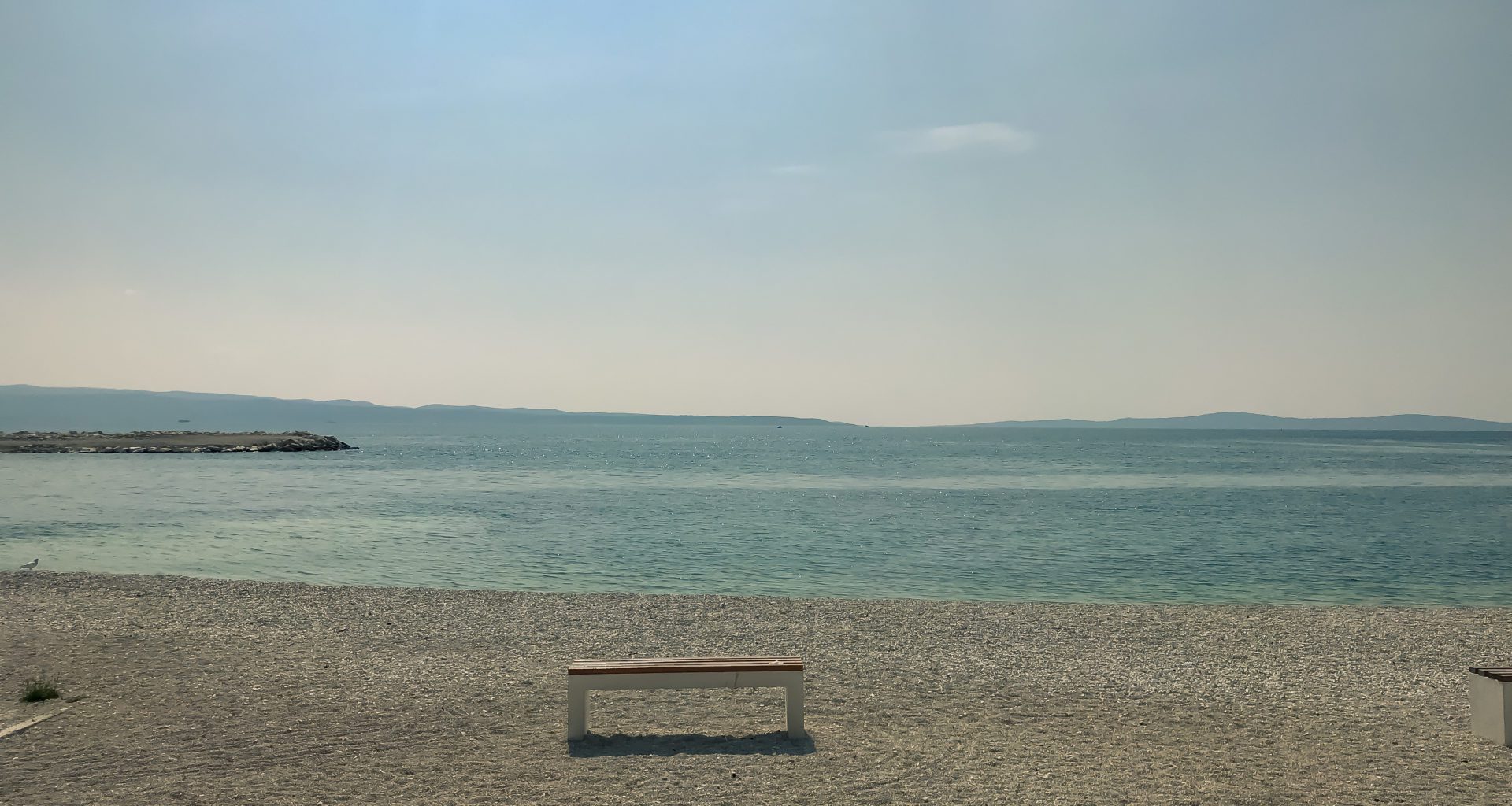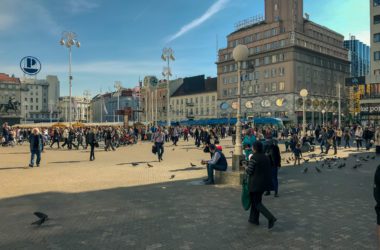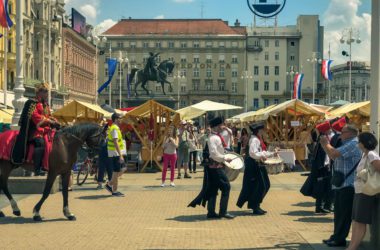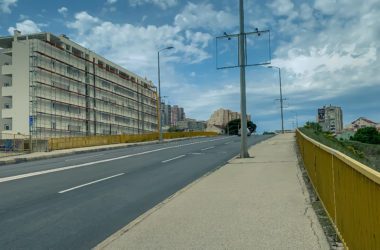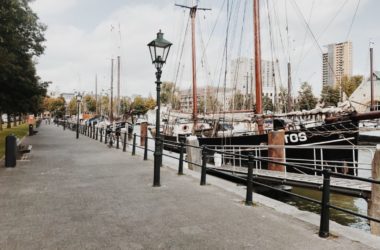A highly searched term on internet search engines about Croatia is: Where is Croatia located? For many a stupid question, but for example, a lot of people think that Croatia is part of Russia or don’t know that Croatia is in Europe. Therefore, in this article, we will explain in the best way the geographical position of this small country with just over 4 million inhabitants.
Where is Croatia located?
Croatia is described as a part of Central Europe and Southeast Europe, a part of the Balkans and Middle Europe. It bordered by Bosnia and Herzegovina and Serbia in the east, Slovenia in the west, Hungary in the north, and Montenegro and the Adriatic Sea in the south. Half of the territory of Croatia is located in the Pannonian-Peripannonian area, a third in the coastal or Adriatic part, while the rest is mountainous or Dinaric area. Croatia is located in the northern hemisphere between 42 ° 23 ′ and 46 ° 33 ′ north latitude, and 13 ° 30 ′ and 19 ° 27 ′ east longitude. Croatia belongs to the lower part of the list of medium-sized European countries. Specifically, it ranks 124th in the world.
The total length of land borders is 2028 km. The sea coastline is 5835.3 km long. The distance from Savudrija to Cape Oštro is 527 km, so the indentation coefficient of the Croatian part of the Adriatic coast is 11.1, which ranks the Croatian coast among the most indented in the world. Moreover, Croatia has the second most indented coastline in Europe. Out of 1246 Adriatic islands, islets, cliffs, and reefs, 1185 are located in Croatia. Of that number, 718 are islands, with only 66 inhabited. The largest island is Cres with an area of 405.8 km², followed by Krk with an area of 405.78 km².
MORE INFORMATION – Wikipedia (Geography of Croatia)
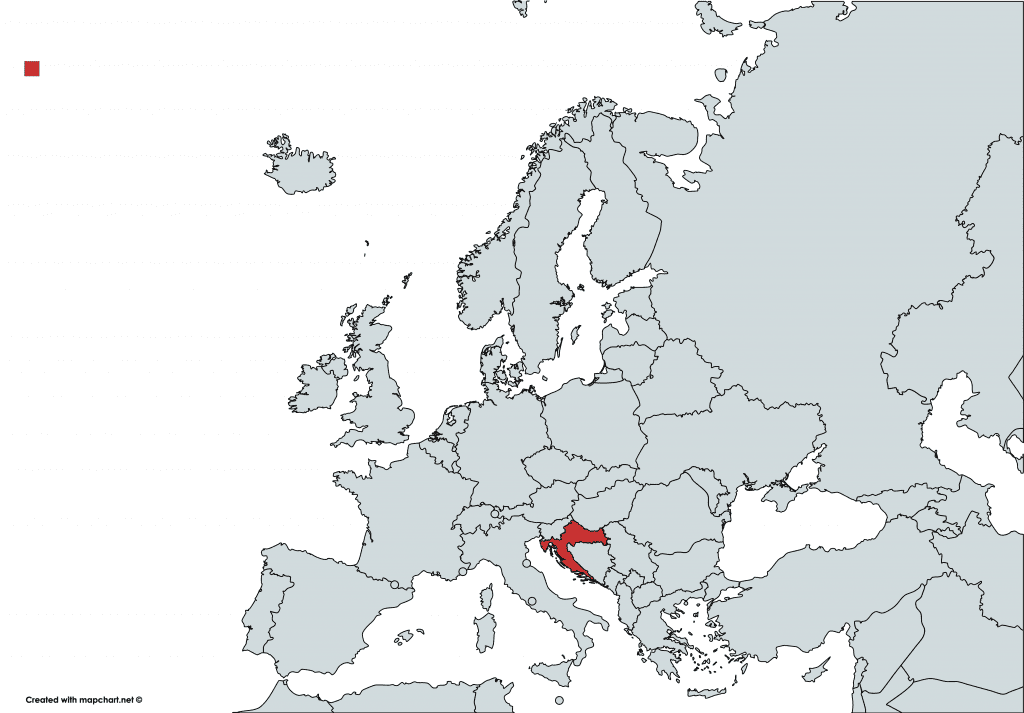
Is Croatia in the EU? The answer is YES!
The Republic of Croatia has been a member of the European Union since 1 July 2013. The country applied for EU membership in 2003, and the European Commission recommended making it an official candidate in early 2004. Candidate country status was granted to Croatia by the European Council in mid-2004. The entry negotiations, while originally set for March 2005, began in October that year together with the screening process. The accession process of Croatia was complicated by the insistence of Slovenia, an EU member state, that the two countries’ border issues be dealt with prior to Croatia’s accession to the EU. Croatian public opinion was generally supportive of the EU accession process, despite occasional spikes in Euroscepticism.
MORE INFORMATION – Wikipedia (2013 enlargement of the European Union)

Three basic natural units
- Lowland or Pannonian natural region (covers 55% of the territory and 66% of the population)
- Coastal or Adriatic natural region (covers 31% of the territory and 31% of the population)
- Mountain or Dinaric natural region (covers 14% of the territory and 3% of the population)
Regional units
- Central Croatia
- Eastern Croatia (Slavonia and Baranja)
- Northern Croatian coast (Istria and Kvarner with islands)
- Mountain Croatia (Gorski Kotar and Lika)
- Southern Croatia (Dalmatia)
Croatian macroregions
- Zagreb macro-region – includes Central Croatia
- Osijek macro-region – includes Eastern Croatia
- Rijeka macro-region – includes the Northern Croatian coast
- Split macroregion – includes the southern Croatian coast
Related articles
Find the latest travel and tourism news from Croatia at the following link.
- Is it safe to travel to Croatia?
- Croatia is the 49th richest country in the world
- Is Zagreb safe for a living and for travel?
Recommended Experiences
I hope you got enough information by reading the article “Where is Croatia located? Frequently Asked Questions″. Discover the most beautiful and interesting sights of Croatia. Find, compare, and book sightseeing tours, attractions, excursions, things to do, and fun activities.





